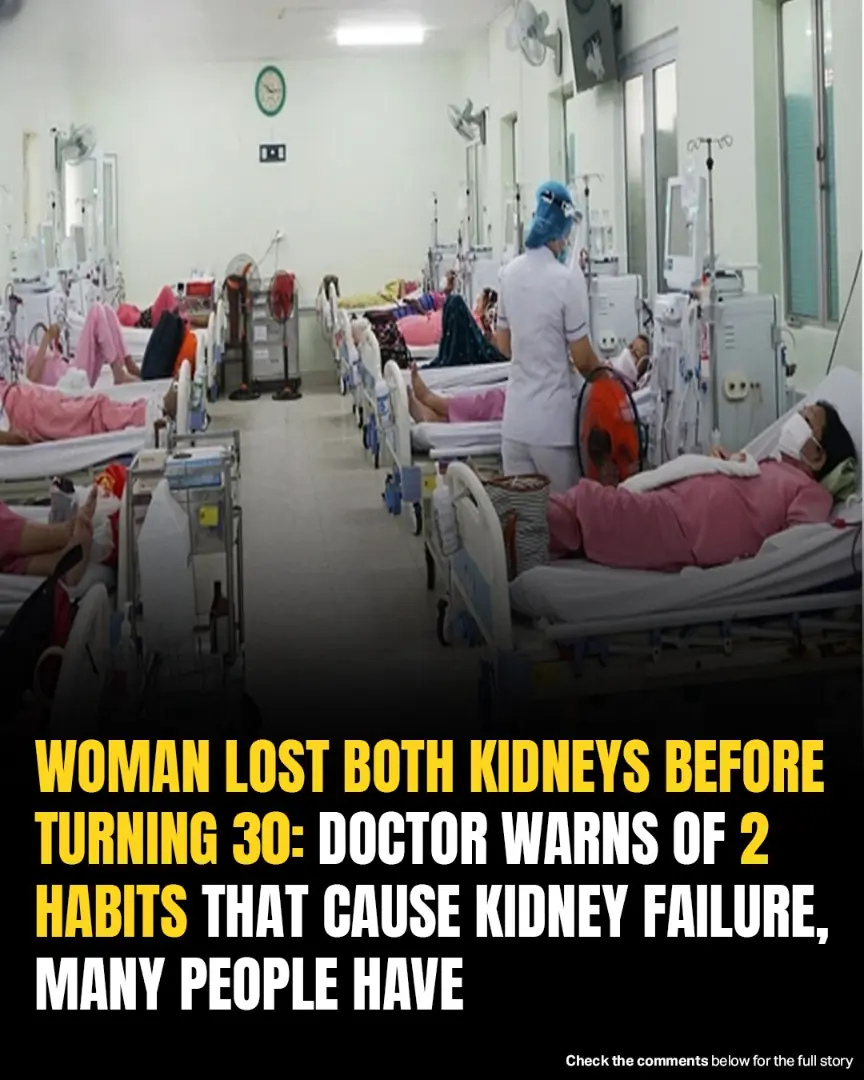
Striking simulation illustrates the progression of death from cancer
Cancer is one of the most complex and devastating diseases affecting humanity. Despite decades of research and medical advancements, it remains a leading cause of death worldwide. Recently, a striking simulation has brought new attention to the harsh reality of cancer’s progression and the immense toll it takes on the human body. This powerful visualization does not merely depict a biological process—it captures the emotional, physical, and psychological deterioration that often accompanies terminal cancer. Through realistic imagery and scientific accuracy, the simulation deepens public understanding of how cancer evolves and ultimately leads to death.
The simulation begins with the earliest stage of cancer: the uncontrolled division of abnormal cells. These mutated cells, which may initially go unnoticed, begin to form tumors in a localized area. The simulation shows how these tumors disrupt normal tissue function. For example, in lung cancer, growing tumors impede oxygen exchange, leading to fatigue and shortness of breath. In liver cancer, they impair detoxification and blood filtration, affecting the entire body’s balance. This phase emphasizes the deceptive quietness of cancer's early development, a silence that often delays diagnosis until the disease has advanced.
As the simulation progresses, viewers witness metastasis—the point at which cancer cells break away from their original location and invade other parts of the body. This stage is especially impactful because it visually demonstrates how the disease becomes systemic. Cancer cells infiltrate the bloodstream or lymphatic system, spreading to organs like the brain, bones, or lungs. The animation shows how this invasion disrupts multiple systems at once, compounding the patient’s suffering. This stage is not just biological—it symbolizes the increasing helplessness that many patients and their families feel as treatment options dwindle.
One of the most emotional aspects of the simulation is its depiction of the physical decline of the patient. As cancer consumes more of the body’s resources, the patient becomes visibly weaker. The simulation shows muscle wasting, significant weight loss, jaundice, and other outward signs of organ failure. Pain becomes constant. The viewer gains insight into how the body begins to shut down. Beyond visuals, the simulation includes a human element—illustrating the patient’s emotional deterioration, from anxiety and confusion to moments of acceptance and resignation. It reminds us that cancer affects more than the body; it affects the spirit.
Importantly, the simulation also includes scenes that show the limits of current treatments. Chemotherapy, radiation, and immunotherapy are portrayed with honesty—effective in some cases but unable to cure advanced-stage cancer. This depiction is crucial for public awareness. Many people hold onto the hope of a cure, but the simulation underscores that for some, treatment only delays the inevitable. By showing these realities, it encourages conversations about palliative care, end-of-life choices, and the need for empathy and support for both patients and caregivers.
The final moments of the simulation are perhaps the most haunting. The body’s organs begin to fail in sequence. Breathing becomes labored, the heartbeat weakens, and consciousness fades. The patient slips into a coma, and eventually, the animation gently illustrates the end of life. It is not overly dramatic, but respectful—a tribute to the dignity that every person deserves in their final hours.
In conclusion, this striking simulation is not just a scientific tool, but a deeply human story told through digital imagery. It offers a rare glimpse into the progression of death from cancer—an experience that remains hidden behind hospital curtains and closed doors. By bringing this process into the open, the simulation fosters compassion, understanding, and a greater appreciation for life itself. Most importantly, it reminds us why continued research, education, and support are vital in the fight against cancer.
News in the same category


Nurse Reveals The Spine-Chilling Truth About What Happens After We Die
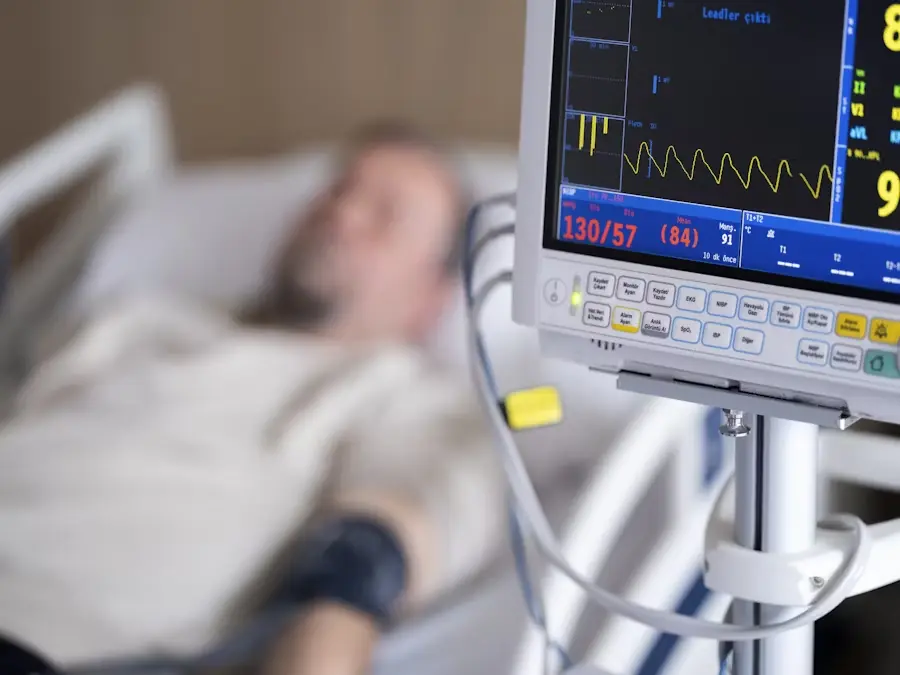
One Month Before A Heart Attack, Your Feet Will Give You These 6 Silent Warnings
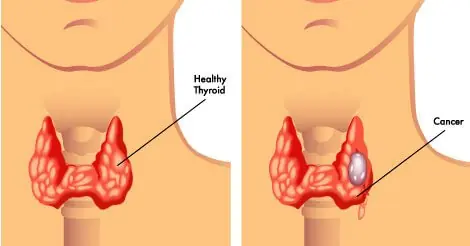
6 Types of Foods That Can Negatively Affect Your Thyroid
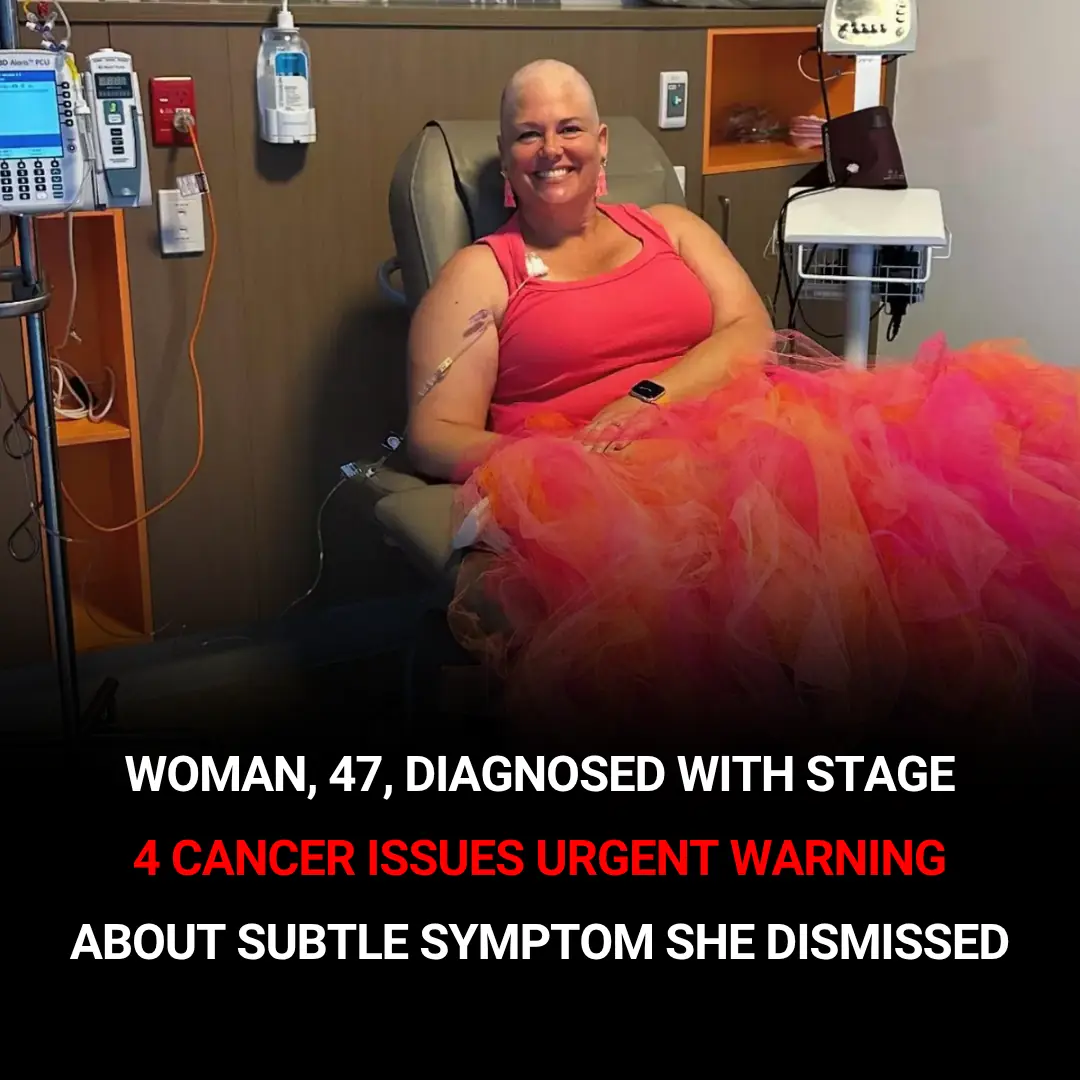
Stage 4 Cancer Survivor's Urgent Warning: Overlooked Minor Signs Can Hide Deadly Disease
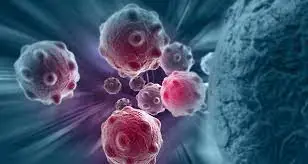
Colon Cancer & Your Poop: What to Watch For and When to Get Help

Cardiologist Breaks Down 3 Unexpected Red Flags Of A Weak Heart

MY STAGE FOUR CANCER SYMPTOMS WERE DISMISSED BY TWO HOSPITALS - I WON'T GET TO SEE MY LITTLE GIRL GROW UP
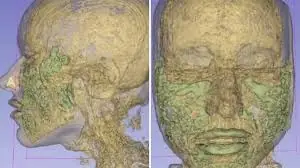
Doctor Reveals: MRI Scan Of The Face Of A 33-Year-Old Woman Reveals Where All Of Her Filler Went

There Is One Sound A Person Makes That Means They Have Less Than 24 Hours To Live
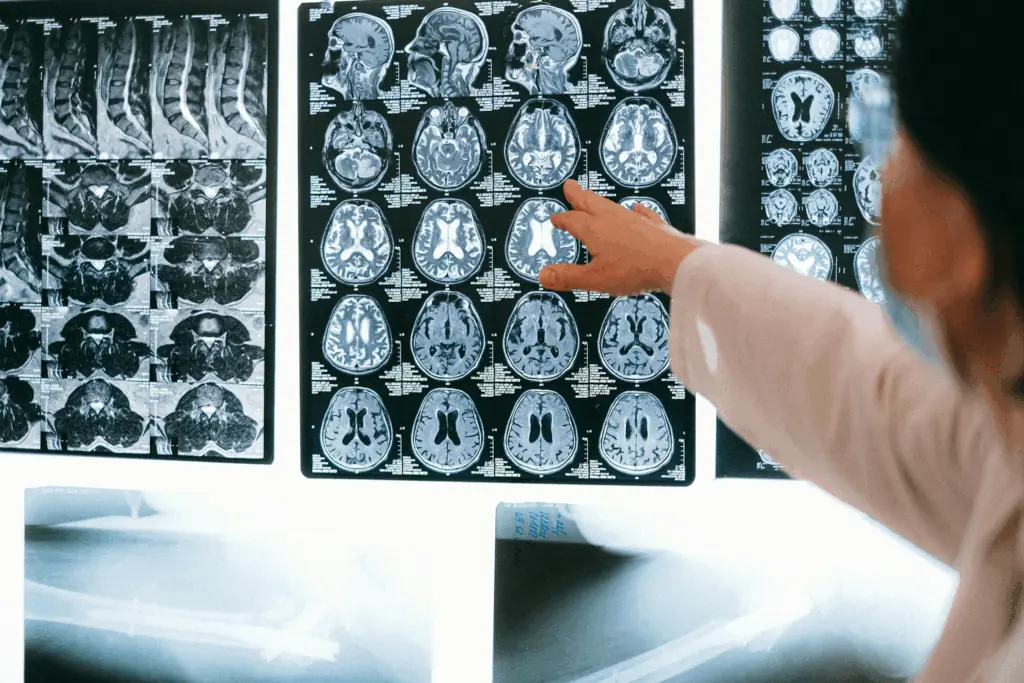
Warning Signs You Should Never Ignore: The Silent Symptoms Of A Brain Aneurysm
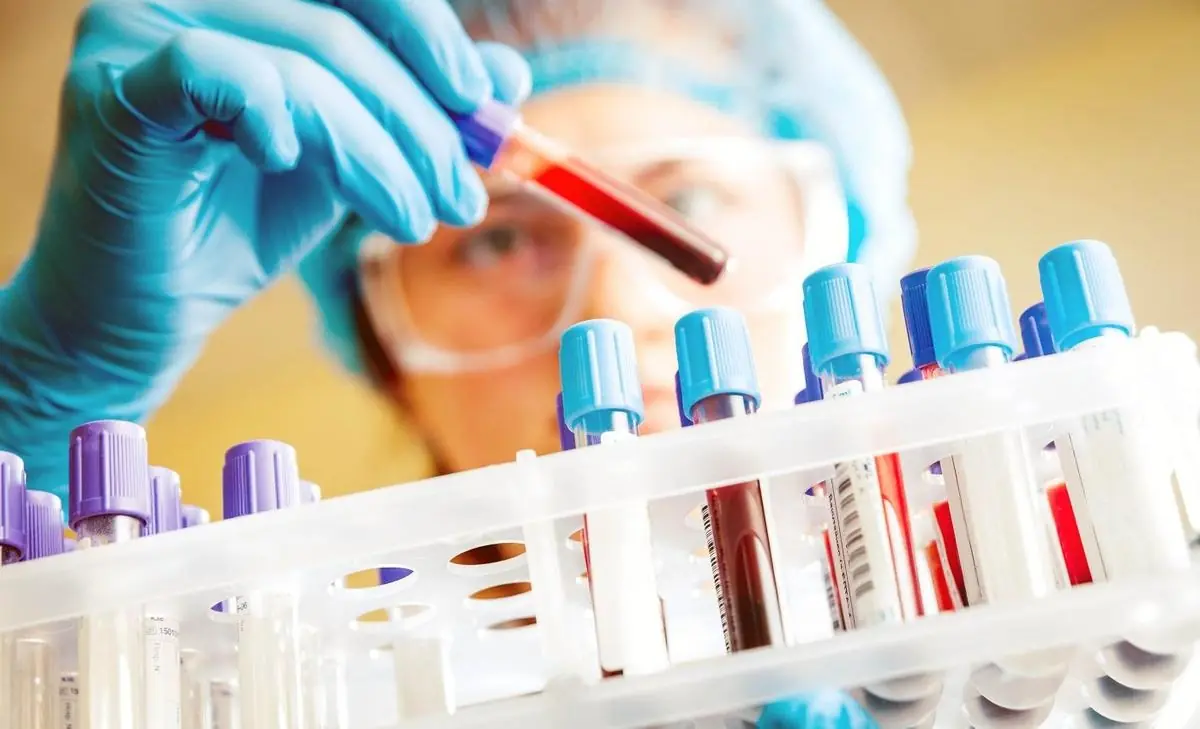
Having This Blood Type Will Make You Age Slower—And It’s Backed By Science

Shocking amount of time one can of soda can take off your life
One can of soda might seem harmless, but when multiplied across days, weeks, and years, the cost adds up - to minutes, hours, and even years of life lost.
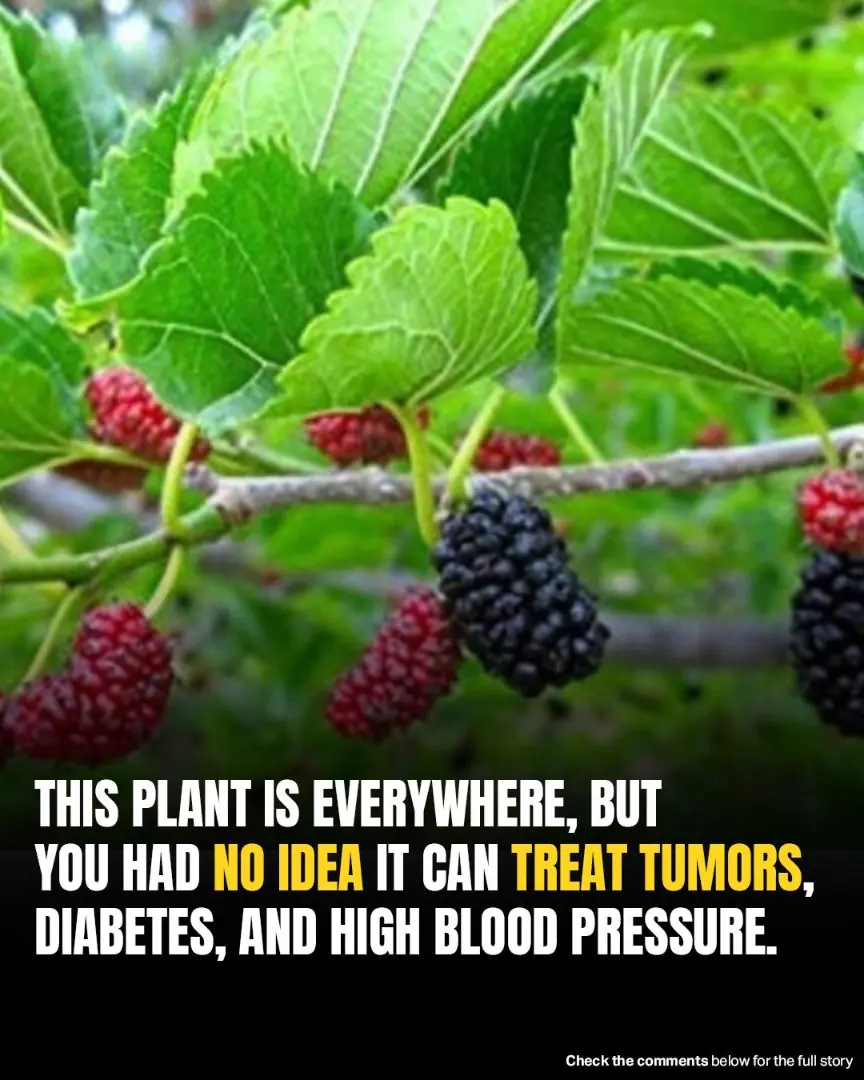
Common Backyard Plant May Help Fight Tumors, Diabetes, And High Blood Pressure

Drinking Water On An Empty Stomach: Japanese Water Therapy, What Science Says and More
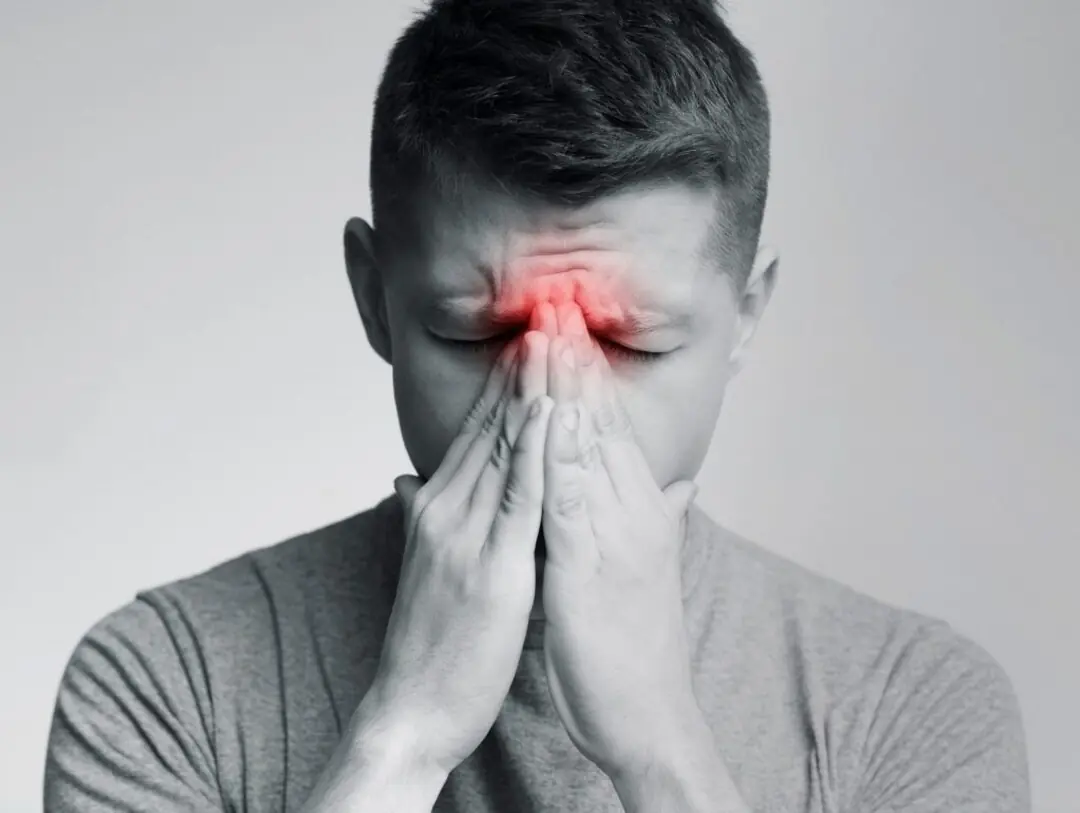
8 Natural Remedies for Sinus Infections That Work Without Antibiotics

Proven Health Benefits and Uses of Thyme and Thyme Tea

Dancing Proven More Effective Than Antidepressants for Treating Depression, Landmark Study Finds
A major new review suggests that dancing may outperform both medication and other forms of exercise in alleviating symptoms of depression—raising profound implications for how we treat mental health globally.
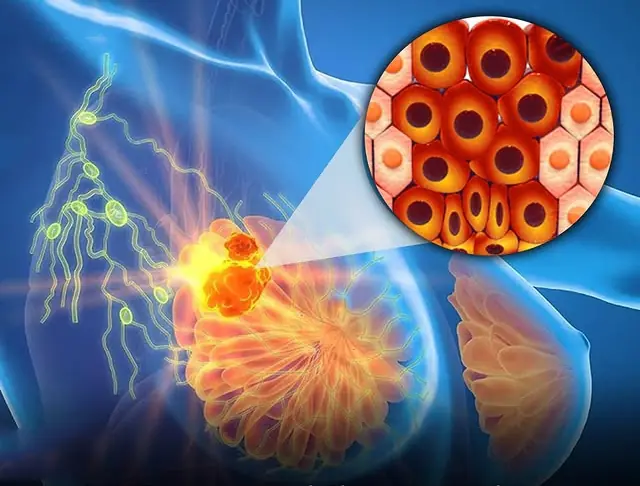
Eliminating Parabens and Phthalates from Daily Use Reverses Cancer-Linked Changes in Healthy Breast Tissue, Study Finds
A new clinical study reveals that removing parabens and phthalates from daily personal care routines for just four weeks can reverse cancer-associated cellular changes in healthy br3ast tissue, offering a compelling case for cleaner beauty and hygiene pro
News Post

Why Kidney Failure Is Striking The Young—And How To Stop It

Bill Gates reveals profession which will remain '100% human' even after AI replaces most jobs

People shocked after passenger filmed as their phone went through X-ray scanner at airport

Mammoth structures discovered beneath Africa could be 'ancient planet' 4,500,000,000 years old
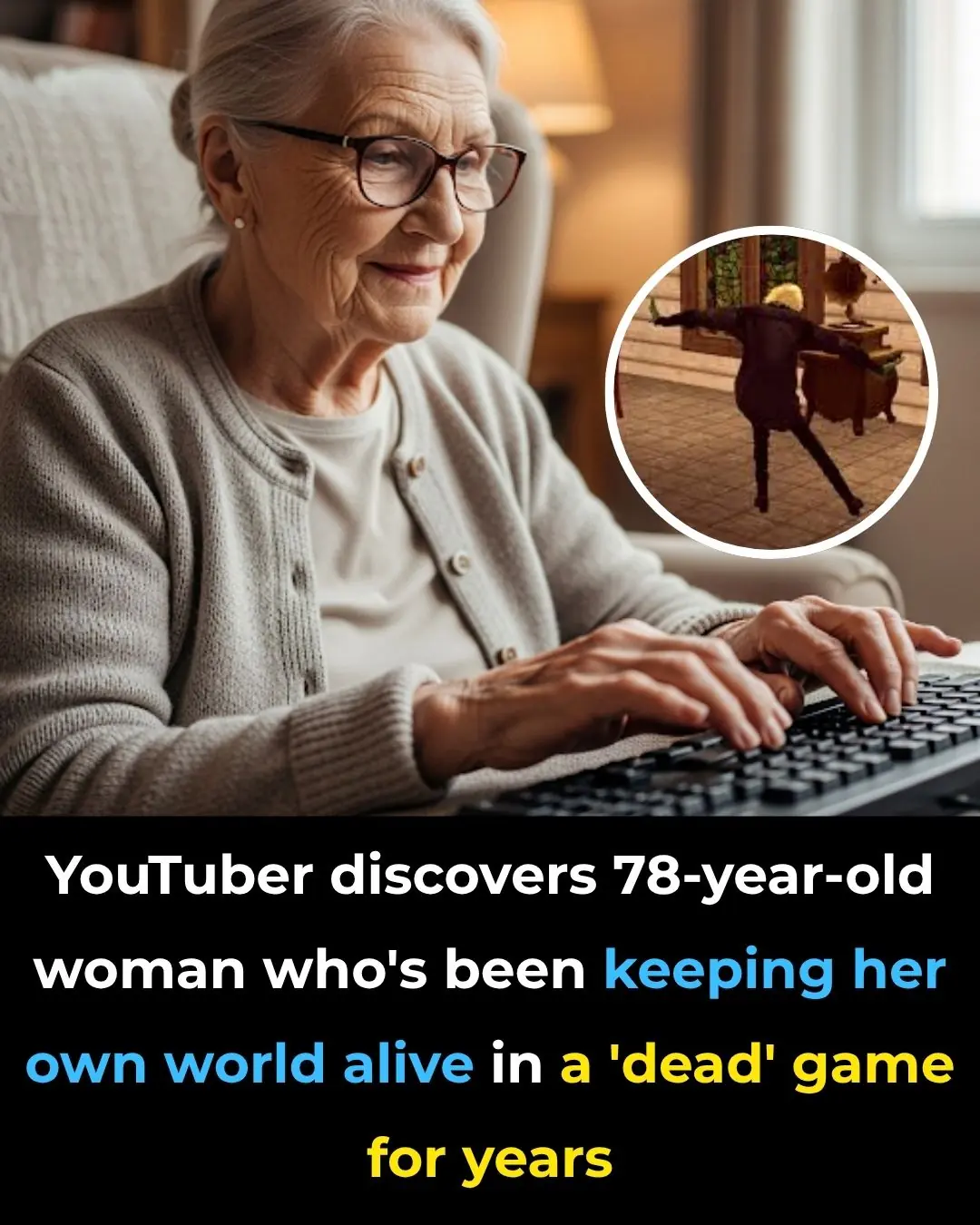
YouTuber discovers 78-year-old woman who's been keeping her own world alive in a 'dead' game for years

Nurse Reveals The Spine-Chilling Truth About What Happens After We Die

If You See A Man With One Painted Fingernail, Here’s What It Means

One Month Before A Heart Attack, Your Feet Will Give You These 6 Silent Warnings

Six Minutes Beyond Life: What I Saw After Dying And Coming Back

Hotel Warning: 3 Disturbing Signs You Should Never Ignore

Air India Crash Passenger Shared Eerie Clip Showing Total Power Failure Hours Before Tragedy
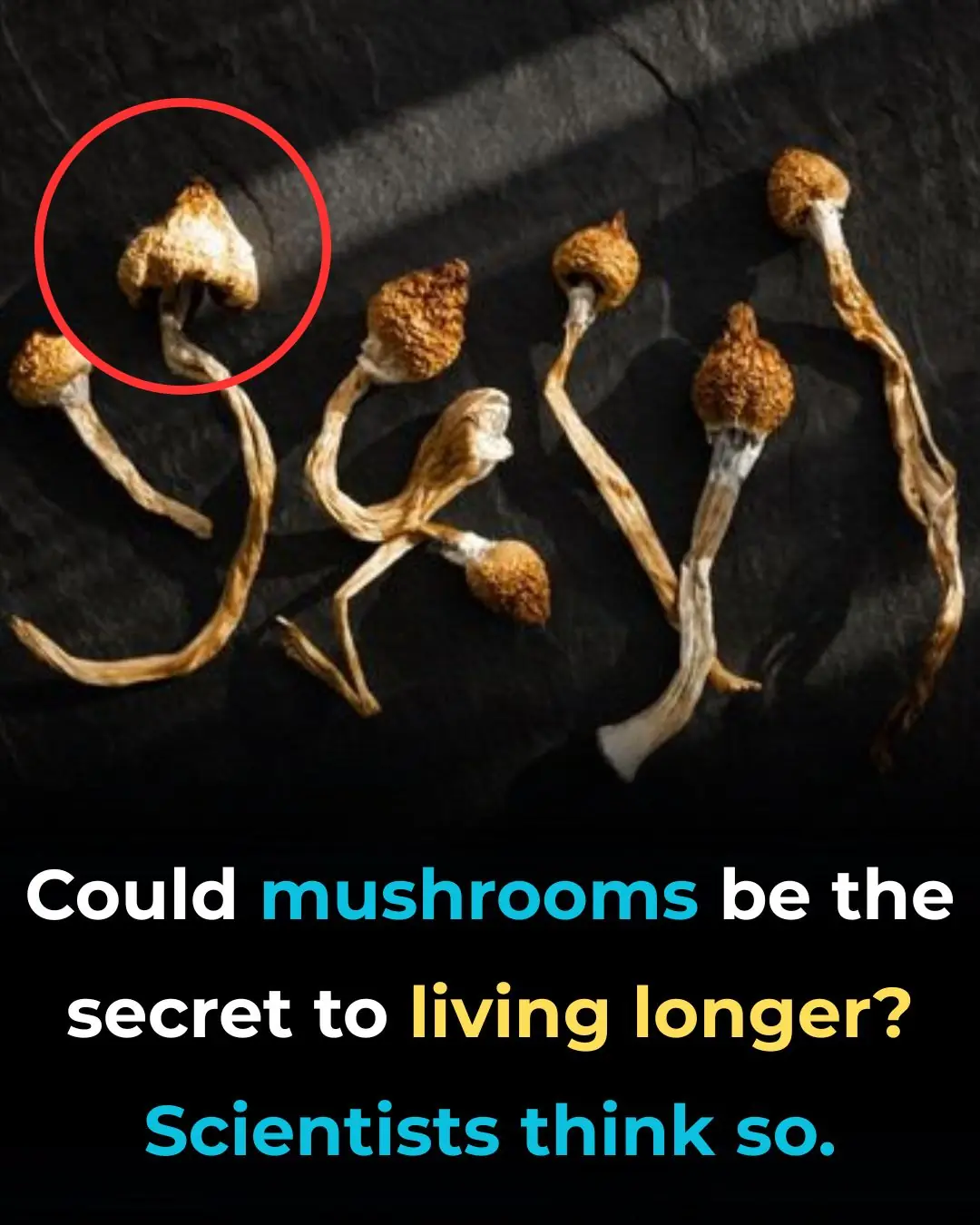
Could Psilocybin Be The Key To A Longer Life? Researchers Are Shocked

If You See A Fence Painted Purple, You Better Know What It Means – Knowing This Can Save Your Life

6 Types of Foods That Can Negatively Affect Your Thyroid

Stage 4 Cancer Survivor's Urgent Warning: Overlooked Minor Signs Can Hide Deadly Disease

Colon Cancer & Your Poop: What to Watch For and When to Get Help
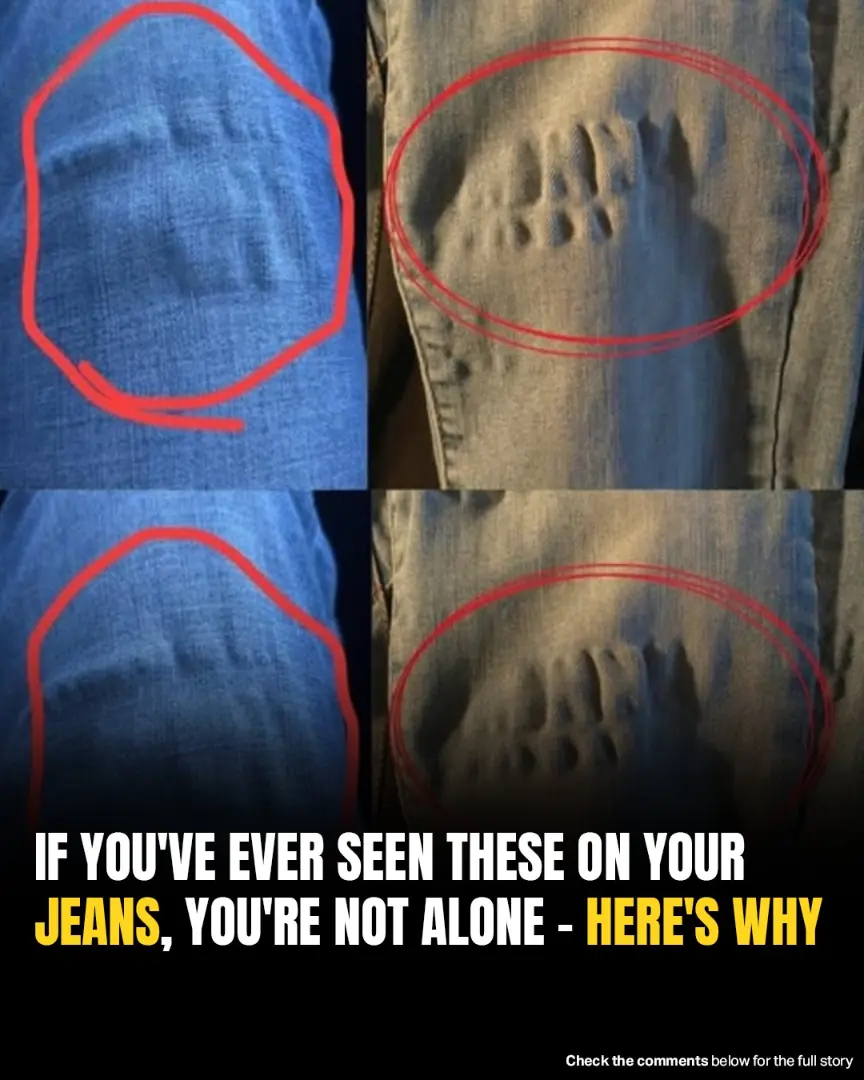
What Causes Those Strange Ripples In Your Jeans After Washing?

Cardiologist Breaks Down 3 Unexpected Red Flags Of A Weak Heart
